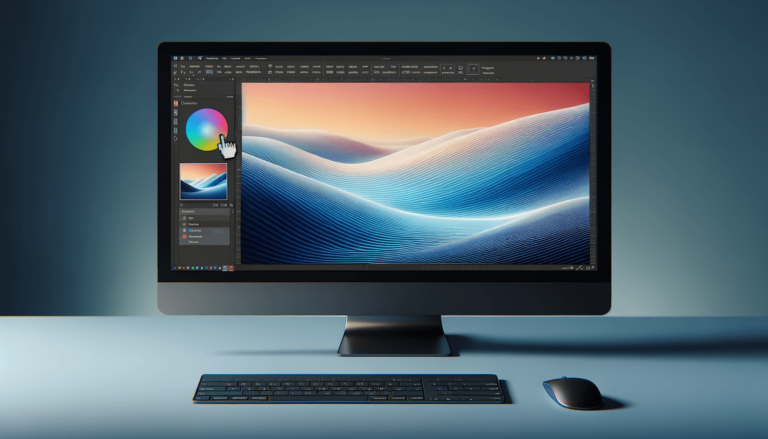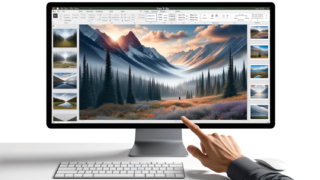
How to Add Gradient Background in PowerPoint?
Written by: Bill Whitman
Last updated:

How to Add Gradient Background in PowerPoint
Adding a gradient background in your PowerPoint presentation can transform your slides from bland to visually appealing. This colorful effect keeps your audience’s attention while giving your presentation a modern and professional look.
Category: PowerPoint Tutorials
Step-by-Step Guide
1. Open the Format Background Panel
– Begin by opening your PowerPoint presentation and navigating to the slide you want to modify. Right-click on a blank area of the slide and select ‘Format Background’.
– This will open the ‘Format Background’ pane on the right side of the window. Here, you have various options to customize your slide’s background.
2. Select Gradient Fill
– In the ‘Format Background’ pane, click on the ‘Fill’ option and then select ‘Gradient fill’. This action will reveal gradient customization options.
– You can adjust the gradient type (linear, radial, etc.), direction, angle, and colors. Play around with these settings to see real-time changes on your slide.
3. Customize Your Gradient
– Customize the gradient stops to alter the color at various points in the gradient. Click ‘Add’ or ‘Remove’ to adjust the number of stops.
– Adjust the position, color, and transparency of each stop to get the precise look you desire. Colors can be chosen from a preset or customized using RGB or HEX codes.
4. Apply and Close
– Once you are satisfied with your custom gradient, click ‘Apply to All’ if you want to use the same background across all slides.
– Alternatively, just close the format background pane to apply changes to the current slide only.
Pro Tips
- Experiment with transparency settings in the gradient stops for subtle effects.
- Use keyboard shortcuts like
Ctrl + Mto quickly add a new slide and test different gradient backgrounds. - For vibrant presentations, choose high-contrast colors in your gradient.
Troubleshooting Common Issues
| Issue | Solution |
|---|---|
| Gradient not visible on some slides | Make sure no objects with solid fill colors are covering the background. |
| Colors looking different on different displays | Calibrate your screen or check presentation mode on different devices before finalizing. |
Advanced Techniques
- Animated Gradient Background: Use the animation feature to subtly shift the gradient colors during the slideshow. This can add a dynamic feel to your presentation.
- Blend Modes: Use blend modes to layer your gradient over a picture for more complex backgrounds. This is found under ‘Artistic Effects’ in the format picture pane.
Compatibility Notes
Most gradient tools and effects are available across recent versions of PowerPoint (2016, 2019, 365). However, some advanced features might differ. No compatibility with other presentation software can be guaranteed without adjustment.
Conclusion
Gradients can significantly enhance the visual appeal of your PowerPoint slides. With the steps provided, you can easily add striking gradients that captivate your audience. For more creative tools, explore blending options or textured fills next at LearnPowerPoint.io.
FAQ
- Q: Can I use custom colors in my gradient?
A: Yes, PowerPoint allows you to add custom colors using RGB or HEX codes for precise design.
- Q: Will these gradients look the same on all devices?
A: Gradient colors might vary across different devices due to screen settings. Always preview on multiple devices if possible.
- Q: Can gradients be applied to shapes?
A: Yes, the same steps apply for adding gradients to shapes within PowerPoint.
Featured Posts
- No pillar pages found.








